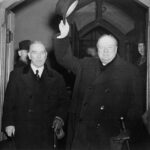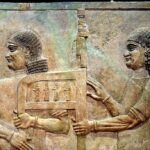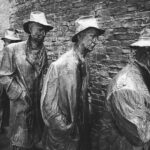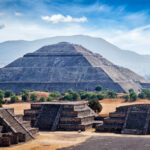Medieval Festival Traditions Too Wild For Modern Times
- Gail Stewart
- May 19, 2025
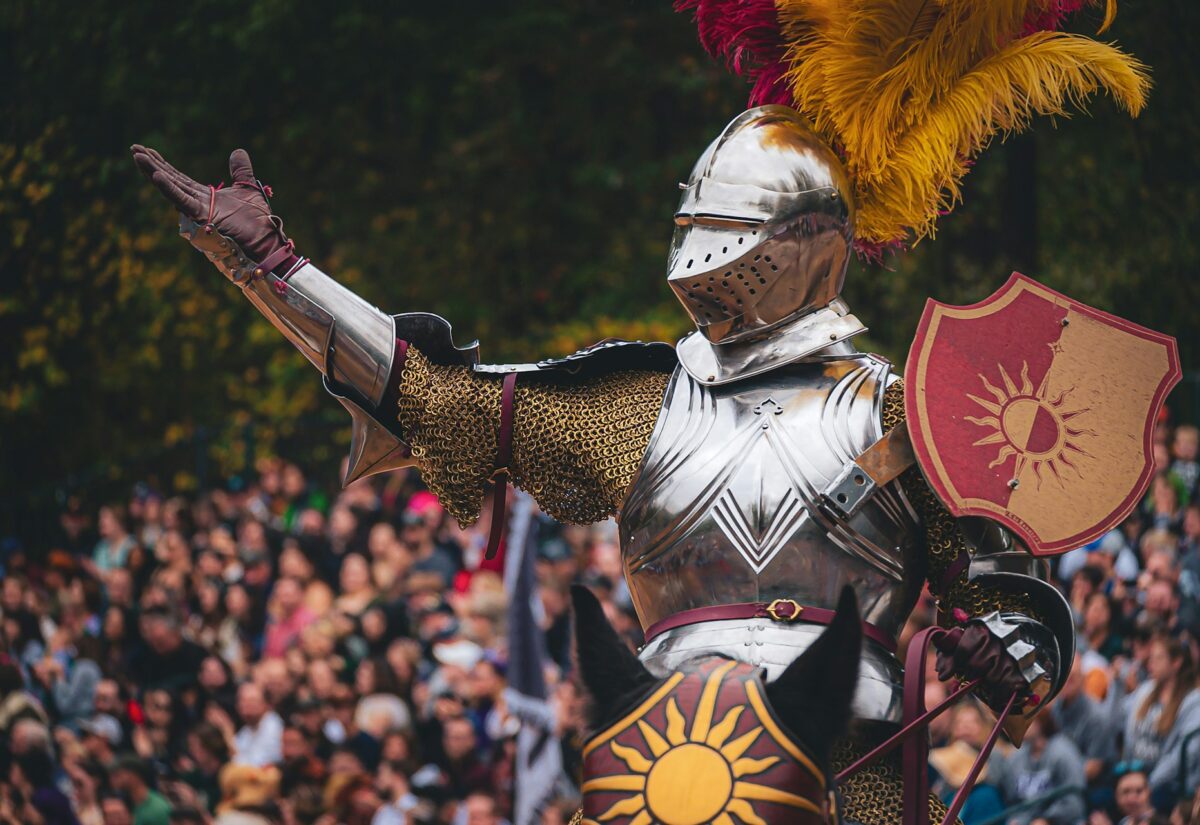 Unsplash/Matt Benson
Unsplash/Matt BensonMedieval life wasn’t all toil and hardship. While much of it was defined by war, religion, and survival, the calendar was scattered with feast days, holy observances, and community festivals that offered a much-needed release. These events weren’t just chances to relax—they were often wild, unpredictable, and utterly uninhibited. They allowed for a kind of licensed madness where the world turned upside down, roles were reversed, and everyday rules were gleefully ignored. And while modern festivals still carry some echoes of this celebratory spirit, many of the original customs would raise serious eyebrows, or even prompt legal action, today. Here are just some of the raucous celebrations a bit too wild even for the 21st century.
The Feast of Fools
Celebrated mostly during the New Year period, the Feast of Fools was a chaotic blend of sacred parody and irreverent humour. Lower-ranking clergy would appoint a “Lord of Misrule,” and church services were turned into carnivals of mockery. Processions entered churches with donkeys, clergy wore masks or dressed in drag, and solemn liturgies were replaced with animal noises, joke sermons, and crude songs.
As Atlas Obscura notes, the Feast blurred the lines between sacred ritual and carnival mischief. While it may have started as a harmless pressure release for the lower clergy, it soon became a lightning rod for controversy. By the 15th century, Church leaders across Europe were trying to stamp it out. What was once a licensed form of communal madness had become an embarrassment to church authorities.
Carnival chaos before Lent
Carnival marked the last opportunity for indulgence before the fasting season of Lent. And medieval Europe seized that opportunity with gusto. Entire towns threw themselves into week-long celebrations of excess: food, drink, sex, and satire. Men dressed as women, peasants mocked nobility, and the streets filled with processions featuring lewd performances and symbolic rituals.
The medieval version of Carnival made today’s Mardi Gras look tame. In some areas, people staged mock executions, created obscene effigies, or reenacted religious stories with a bawdy twist. Games involved throwing animal innards or chasing greased pigs, and drunken brawls weren’t uncommon. The collapse of order wasn’t a bug—it was the point.
The Boy Bishop tradition
One of the more bizarre yet charming traditions saw young choirboys appointed as mock bishops during festivals, especially around St Nicholas’ Day in early December. The “Boy Bishop” would be dressed in full episcopal regalia, lead processions, give blessings, and even preside over services.
On the surface, this may sound harmless. But the tradition had an edge. These children were often encouraged to satirise their elders, mock sermons were delivered, and the spectacle occasionally descended into farce. While Henry VIII banned it in 1542, it returned briefly under Mary I. Today, it survives only as a symbolic, highly sanitised re-enactment in a few cathedrals, now more about heritage than heresy.
Public animal trials and festival drama
Animal trials weren’t strictly tied to festivals, but when they coincided with local holidays or feast days, they became crowd-pulling theatre. Pigs, goats, cows, and even insects were charged with crimes and brought to trial with full legal formality. The absurdity of these events became part of the entertainment.
According to The Collector, some animals were even assigned defence attorneys. These trials could draw hundreds of spectators and were treated with the same solemnity as human cases—except, of course, they were riddled with farce. What began as a form of symbolic justice turned into a dark kind of spectacle.
The dancing plague and ecstatic festivals
In 1518, Strasbourg witnessed one of the most bizarre outbreaks of mass behaviour in history: dozens of people began dancing in the streets, seemingly unable to stop. Some danced until they collapsed or died. The so-called “dancing plague” occurred during a time of intense social stress and religious tension and may have been linked to a festival gone awry.
BBC Culture explores how such outbreaks weren’t isolated. Other regions also reported spontaneous mass dancing, particularly during saints’ feast days or after processions. Whether this was mass hysteria, spiritual ecstasy, or a neurological response to hardship, it certainly wasn’t the kind of celebration any modern health authority would allow.
Lords of Misrule and upside-down power
In England and parts of Europe, a “Lord of Misrule” was appointed during the Christmas season to oversee feasts, games, and general disorder. Sometimes a peasant or servant was made the mock ruler for the holiday, given permission to boss around the actual authorities and overturn social norms.
This temporary chaos was both cathartic and potentially dangerous. While it gave people a chance to vent frustration, it also tested the boundaries of what was acceptable. Edicts from the Lord of Misrule could include mandatory drinking games, public dares, or ridiculous punishments. If that sounds like a corporate Christmas party gone wrong, it’s because the underlying instincts haven’t changed, just the social tolerance for letting them run wild.
Animal processions and theatrical madness
Festival processions often featured bizarre and dangerous displays involving live animals. Bears, goats, and even lions were paraded through town squares, sometimes forced to dance or fight for public amusement. These spectacles were mixed with hobbyhorses, giant puppets, and costumed figures representing everything from saints to devils.
In cities like Chester and York, guilds would also stage passion plays on mobile wagons. These biblical performances included slapstick, gore, and improvised comedy that often deviated from the script. Audience members were known to throw things at actors or jump into scenes. While passion plays still exist, they’re now choreographed to the minute and tightly controlled. Medieval ones were closer to unruly street theatre.
Drunken saints and miracle plays
Feast days honouring local saints often spiralled into chaotic parties. After religious observances, townspeople would gather in churchyards or taverns for drinking, dancing, and informal contests. Miracle plays, meant to dramatise the lives of saints, were performed with a level of improvisation and vulgarity that would make most clergy today blush.
In many cases, these performances were more comedy than catechism. Actors occasionally forgot their lines due to drink, scenes were dragged out with audience participation, and humour veered into the crude. While church authorities tolerated these events as long as the message stayed intact, their popularity often came from how far they could stray from the sacred.
Tournaments and ritualised violence
Festivals weren’t just about dancing and theatre—they also included dangerous contests. Jousting tournaments were a highlight, but so were more brutal games like mob football, where hundreds of players fought over a ball through the streets with almost no rules. Injuries and fatalities were not uncommon, but that was part of the appeal.
Some towns hosted mock battles where neighbourhoods or guilds fought each other with wooden weapons, often ending in real bloodshed. These were seen as ways to release tension and foster group identity, even as they caused mayhem. Today, insurance liability alone would shut them down.
